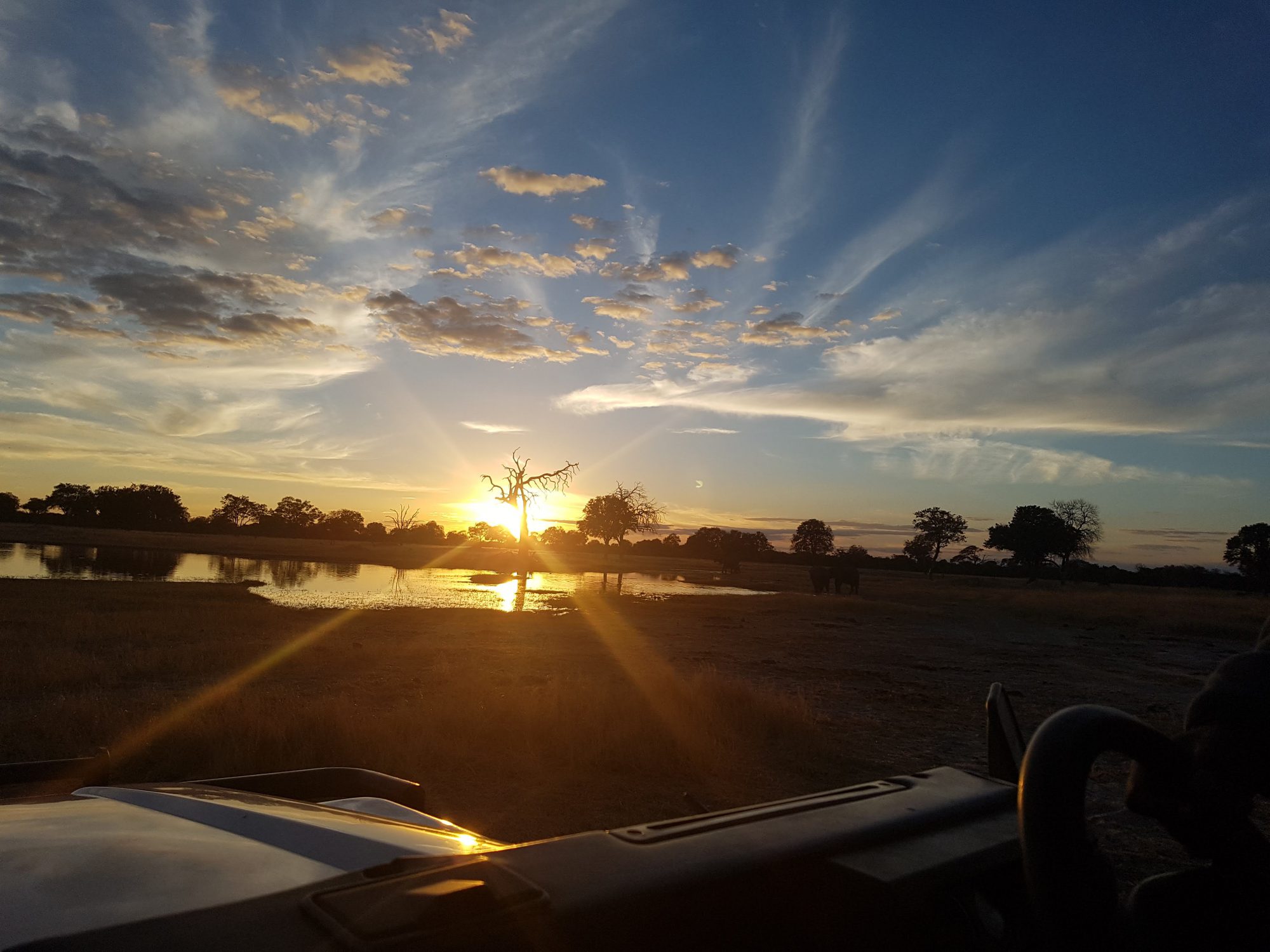NAIROBI MASAI MARA
Your safari takes you to the Maasai Mara Reserve and into the domain of the Maasai, Kenya’s cattle-herding nomads determined to preserve their traditions. Spend the day in Masai Mara, Kenya’s most popular game reserve where you will have the best opportunity of spotting the Big Five – lion, leopard, buffalo, elephant and rhino, after breakfast we carry our picnic lunch boxes and start our full day game drives from 6am in the morning till 4pm in the evening…, Dinner and overnight at Anyoora Mara camp
LAKE NAKURU- Amboseli national park
Drive into the Lake Nakuru National park where you will have a chance to see both black rhinos and White rhinos and big numbers of pink flamingos plus more other animals like zebras, Rothschild giraffes, buffalos etc.. after a Game drive of about 3 to 4 hours we exit start driving to Lake Naivasha for boat ride exploring lake naivasha in search of hippos, hundreds species of birds and also go around crescent Island where you will see giraffes, zebras, impalas etc.. after a one and a half hour boat ride,
DAY 5:
AMBOSELI NATIONAL PARK
“Home of the African Elephant”
Crowned by Mount Kilimanjaro, Africa’s highest peak, the Amboseli National Parks is one of Kenya’s most popular parks. The name “Amboseli” comes from a Maasai word meaning “salty dust”, and it is one of the best places in Africa to view large herds of elephants up close. Nature lovers can explore five different habitats here ranging from the dried-up bed of Lake Amboseli, wetlands with sulphur springs, the savannah and woodlands. They can also visit the local Maasai community who live around the park and experience their authentic culture. Amboseli where Mount Kilimanjaro is in the background offering good photographic scenery, with herds of elephants and other animals in the background as well.
LUXURY PRIVATE WILDLIFE SANCTUARY IN KENYA’S TSAVO
The Taita Hills Wildlife Conservancy derives its name from the surrounding clusters of hills and is an integral part of the Eastern Arc forests classified as an biodiversity hotspot. The conservancy covers an area of 28,000 acres of mosaic habitat where the plant physiognomy is riverine forest, savanna wood and grassland. The vegetation formation is usually dense, stratified and always dominated by Acacia /Commiphora trees and may appear to be evergreen in wet areas such as in the central lowlands of the sanctuary.
The sanctuary straddles the Southern Tsavo West National Park and is an important dispersal area and migrating corridor for wildlife between Tsavo East National Park and Tsavo West National Park and making it a highly valued tourism recreational area and of ecological importance. The topography is generally mountainous that offers breath taking landscape views of the Kilimanjaro, Pare, Uluguru mountains and the clusters of Taita Hills with a seasonal river dividing the sanctuary into valleys and lowland plains.

